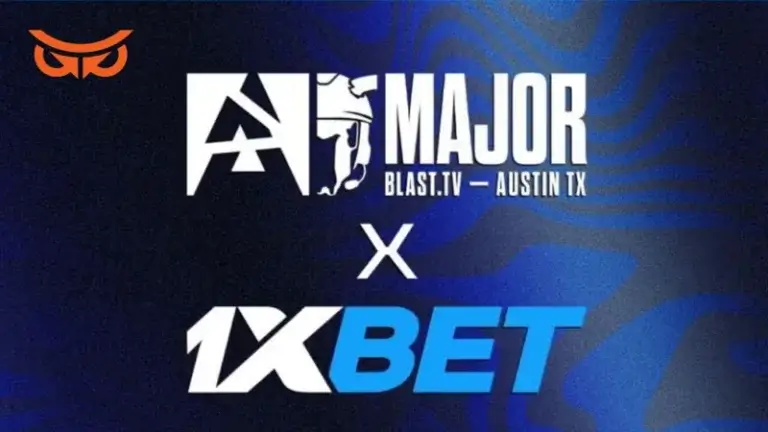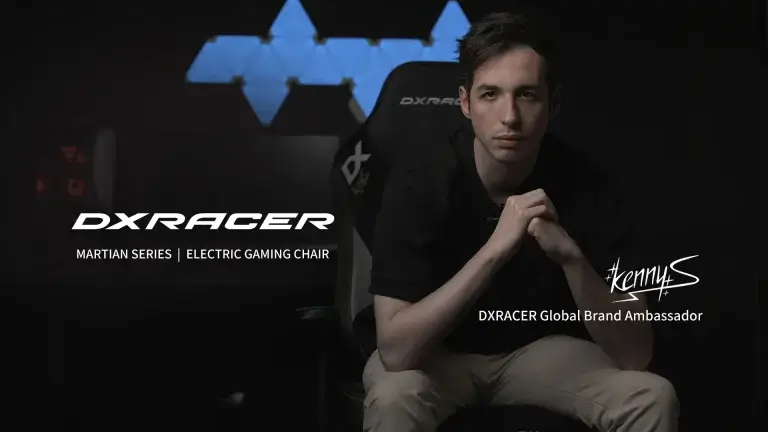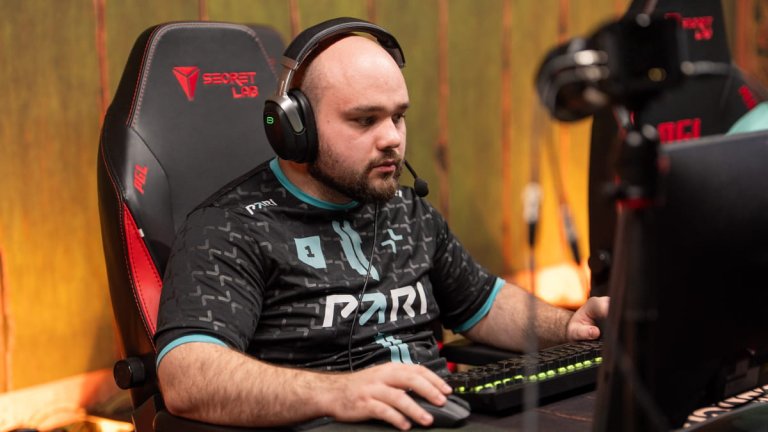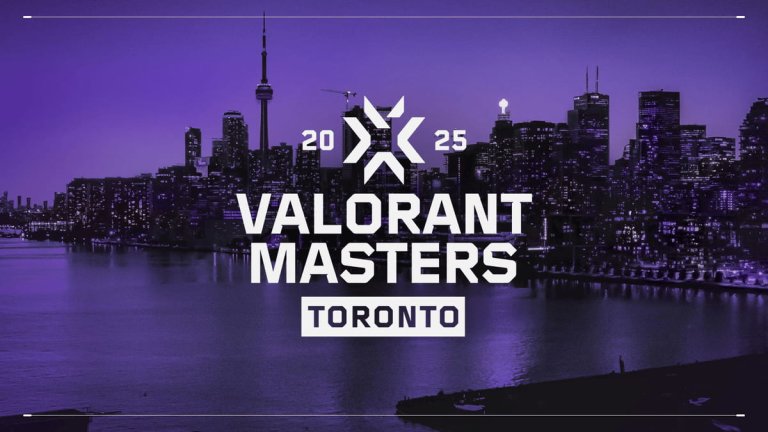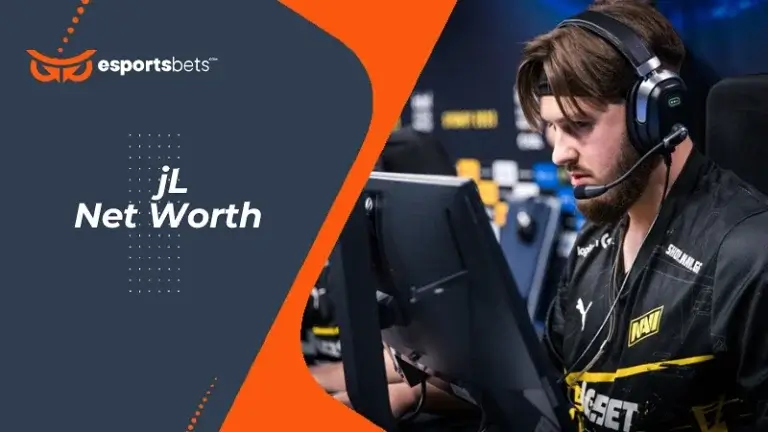Traditional Franchised Leagues Don’t Work in Esports – Here’s Why!
Is there a benefit for and a role for traditional franchised leagues in modern-day esports. There is plenty of debate about which model and competitive format is the best for local and global esports competition. Are traditional franchise leagues simply not working, or is there more at hand?

OWL’s revamp is sign of the times
The Overwatch League went through an entire esports re-vamp and fully abandoned their franchising model. The current model goes back to “esports roots” with a circuit system, qualifiers and free entry to most eligible teams. The new model is more decentralized and fully abandoned its intended goal of being a premier city-based Overwatch competition.
One important distinction to make is that the shortcomings of the Overwatch League do not necessarily go hand-in-hand with those of the franchised model. Yet, the association is expected considering the Overwatch League was touted as the first franchised esports league – and at one point, the most successful.
While they are definitely related, the Overwatch League didn’t fail entirely due to it being a franchised model. In no particular order, here are a number of reasons that the Overwatch League failed:
- A stagnant main title, which Overwatch 2 did very little to reinvigorate in terms of content
- Poor scheduling of infrequent events, with unimportant league matches in between
- A constant decline in viewership over the years
- Lack of sponsorships to keep funds going all around, with inflated player wages
- The community failed to get behind their localized franchises
- Weak Tier 2 competition, not developing enough local talent resulting in franchises importing a vast majority of talent
- Splitting franchises into West and East – unnecessary
Overwatch League failed due to poor management from Activision Blizzard‘s end, and “helped” by the lockdowns and COVID restriction. The myopic approach implemented, expanding very early on without laying the foundations, perhaps accelerated the eventual fate of the league.
Other franchised esports leagues still exist – how are they faring?
Other Franchised Esports Leagues – CDL Surviving, LCS soon-to-depart

Two other popular examples of franchised leagues include the Call of Duty League and LoL’s LCS League. Without diving into much detail, here’s a look at how the viewership (an indication of community backing) has been for both leagues.
| Iteration of LCS Summer | Peak Viewers |
|---|---|
| 2019 | 494,765 |
| 2020 | 545,571 |
| 2021 | 364,328 |
| 2022 | 370,178 |
| 2023 | 223,943 |
| Iteration of CDL Finals/Playoffs | Peak Viewers |
|---|---|
| 2023 | 294,178 |
| 2022 | 275,244 |
| 2021 | 238,794 |
| 2020 | 331,558 |
Sure, one might think that looking at just viewership to judge an entire league is somewhat crude, but there is a strong logic behind it. Moreover, viewership ties strongly into how the franchised league model works.
Franchised Leagues and why they are tough to scale
The majority of franchised leagues introduced into esports work with the traditional model commonly used in North American sports:
- A ‘franchiser‘ offers a number of spots in a particular league, spots are bought by organizations willing to become franchises
- Franchises sign contracts – earning viewership rights, permanence in the league (no relegation) and receiving sponsorship support from the franchiser
- Franchises are responsible for their own rosters, signing players with official league contracts and can exchange players in designated roster change periods
- A season consists of league matches with tournament-style events, building up to a post-season tournament
As a business model, the only way that franchises return their investment into the franchise is through sponsors, their own community and by selling players to other franchises – all of which may be related to viewership and fandom.
We say “investment”, but we’re looking at slots which cost $20 million and above in an industry which is still developing – no need to spell out the problem here.

While great on paper, this model is hard to scale and sell on a continental or national level. Esports have a global viewership and limiting franchises to cities as done traditionally in the US is potentially detrimental.
We ask…
Can the Franchised League model work?
Yes, of course it can.
Undeniably, the franchised league in traditional sports has proven to be massively successful when done right. Moreover, the reason certain esports tried to adapt this model was because it had proven to succeed.
The real question is – is esports ready for the franchised model? No, at this point it simply isn’t. All the franchised leagues currently in place have simply jumped the gun, with franchisers trying to make as much profit as possible without a plan for the future, pouncing on an inflated market.
This mostly comes down to how leagues are set up. Overwatch and the CDL both try to make home-stands a feature, and localize their leagues but local audiences were simply to niche. LoL on the other hand centralizes their franchises in a single city and play on the appeal of the organizations themselves. The latter seems to work better but esports are not big enough and do not sell enough merch to keep the teams afloat.
If we take a look at Europe’s LEC (League of Legends), they adapted the franchising system but did not limit the teams in any way and let them build their fandom and follower base globally. Additionally, teams can choose if they want to opt-in to selling product and content for a specific language or country or appeal to a global audience.

We know that slow and steady wins the race when it comes to esports; Established organizations that really built their following and stability make for great franchisees. Stable esports ecocsytems and games with long service lives also help. An intricate mix of keeping the game exciting, supporting the community, competitors and organizations until viewership and fandom reaches a point that a franchised league makes sense financially.
Once viewership and the community is stable and high, that’s when the franchised league model works. Without viewership and a dedicated community, the franchised league model is a vacuum of funds.
Overall, franchised league models haven’t worked in esports yet because the wrong people are trying to make it work at the wrong time.
VALORANT is cracking the code
And that’s where Riot Games really figured things out. After learning from their failures with franchised leagues. The new VALORANT partnership program focuses on global competition, whilst also opening the doors for promotion and relegation.
The winning formula is as follows:
- Partners organizations pay a fee and get profit sharing
- Opportunities for Tier 2 teams to progress to Tier 1
- A mixture of regional and international competitions for all partner teams
- Third-party organizers get to participate in the competitive calendar
- Partner teams appeal to a global audience
So far, the VCT partnership program is looking like its gonna stand the test of time, especially considering Riot Games is trying a similar model with an all American LoL League with a similar format from 2025.
Franchises in esports can work, but they have to come from esports and tailiored to our ecosystem. Riot may have cracked the code, and others may soon follow.














